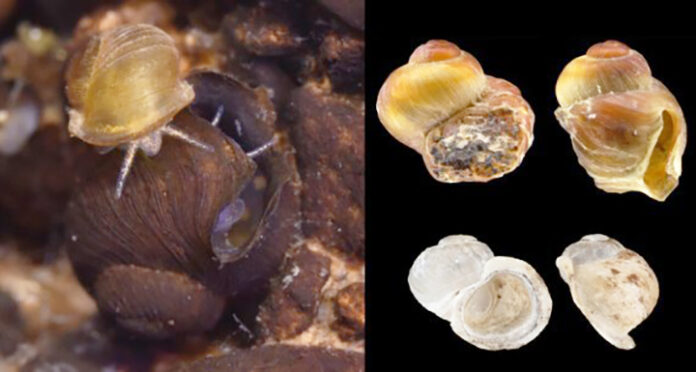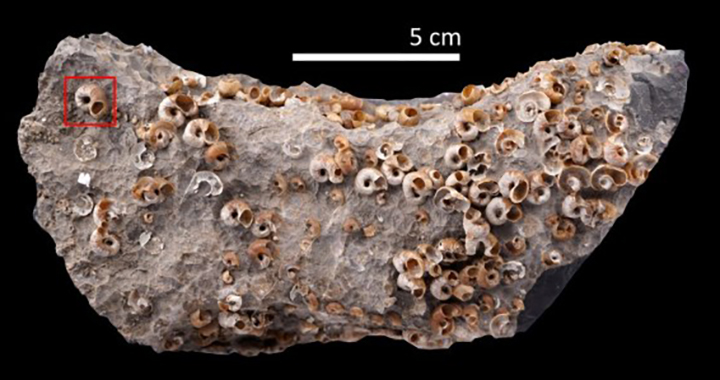
A group of international scientists has rediscovered a sessile freshwater snail endemic to China after it had disappeared for more than 100 years.
The discovery was made jointly by researchers from institutions including the Museum für Naturkunde in Berlin, Germany, and China’s Peking University, according to the latest edition of the biological research journal Proceedings of the Royal Society B: Biological Sciences.
The snail, known as the Helicostoa, was found on river limestones in south China’s Guangxi Zhuang Autonomous Region. According to Zhang Lejia, a researcher from the Museum für Naturkunde, the Helicostoa is a unique freshwater gastropod species with sessile habits and it can stick to rock surfaces like oysters. First spotted by French scientists more than 100 years ago, it was never collected again.

After comparing the newly discovered Helicostoa species with the previous specimens based on molecular systematic, morphological and anatomical studies, researchers named the new species Helicostoa liuae to distinguish it from the former Helicostoa sinensis.
The researchers found that only the adult female is sessile, resulting in an opening on the body whorl that performs the roles of the original aperture, such as eating, excretion and mating. In comparison, the male is vagile, with a normal aperture.
Zhang, who led the research team, told Xinhua that they believe the sessility of female Helicostoa was a result of the adaptive evolution of the gastropod to the environment in the rapids, and the secondary aperture and sexual dimorphism are the evolutionary innovations to conquer the challenges of survival and reproduction.
“Helicostoa is a good case for in-depth study of adaptive evolution and evolutionary innovation,” he said, noting that the habitats of the species are close to urban areas and hydropower stations, so protection will be needed for the Helicostoa.















































